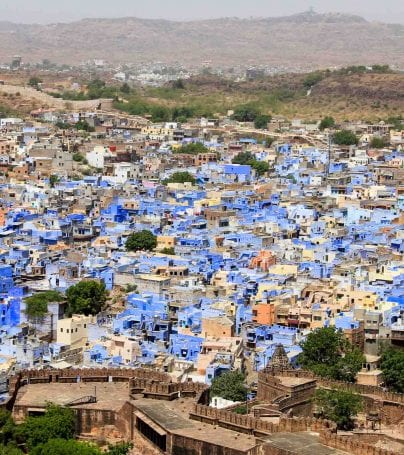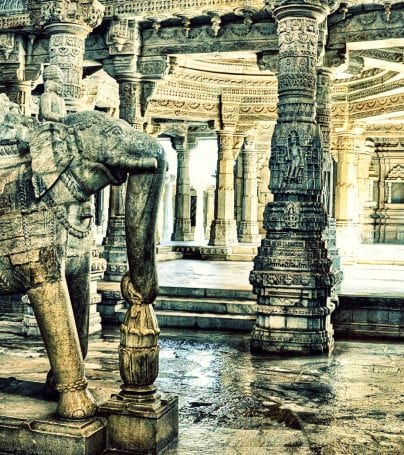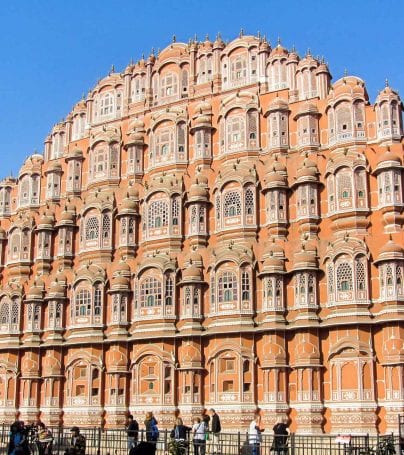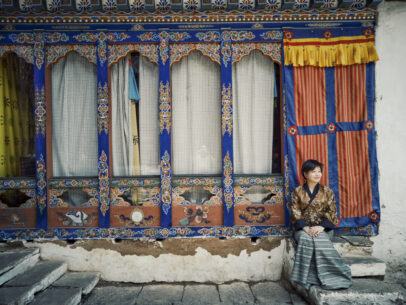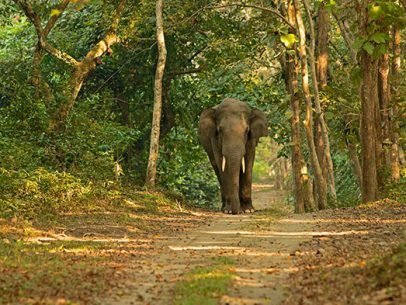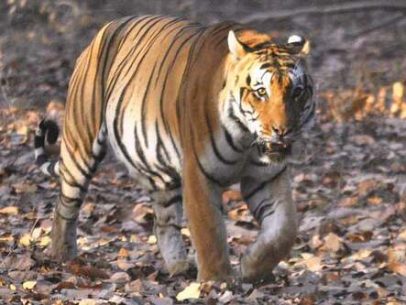Khichan Adventure Tours
Khichan is a village in the Jodhpur district of the Indian state of Rajasthan that in recent years has established a tradition of feeding wild birds, including Demoiselle Cranes that winter here every year. Up to 5,000 kilograms (11,000 lb) of bird seed are consumed every day by the feeding birds. Khichan village now hosts over 9,000 Demoiselle Cranes from as early as August each year to as late as March of the following year. The village, which has become popular among bird watchers, achieved international recognition when it was featured in Birding World magazine in an article titled, “Khichan – the Demoiselle Crane village.” Khichan (Coordinates: 27°08′06″N 72°24′54″E / 27.135°N 72.415°E), the desert village in Phalodi tehsil, is 150 km west of Jodhpur city. The nearest town is Phalodi, which is 4.5 km away. Phalodi is a railway station on the Broad Gauge line and connects all important towns in Rajasthan. Phalodi Railway station lies on the Broad Gauge line of the Delhi- Jaisalmer and Bikaner – Jaisalmer train route. There are three trains from Jodhpur and three from Jaisalmer. A direct train also runs from Delhi. Jodhpur is the nearest airport and from there the village is well connected by road (139 km). Bikaner(156 Km. towards north), Nagaur (145 Km in east) and Jaisalmer (165 Km in west) are also connected to the village. The Pakistan Border is about 100 km away. National Highway No.15 skirts towards Phalodi.
Some years ago, a section of local people of Khichan, led by a bird lover belonging to the community of the Marwaris of the village, started offering grains to Demoiselle Crains every morning. This attracted a large number of Demoiselle Cranes (Anthropides virgo), locally called ‘kurjas’, to the town. These are found in 47 countries and are the smallest and the second most abundant of the world’s crane species. The breeding grounds of these birds are reported to be from the plains and steppes of Eurasia and Mongolia. During migration, which is long and arduous (many are reported to perish due to hunger, fatigue and attack by predators), the cranes fly with their head and neck straight and their feet and legs straight behind them and attain heights of 4,875-7,925 m (16,000-26,000 ft). They weigh about 2-3 kg with a height of 89 cm and wing width of 155 -180 cm. Essentially grassland birds, the cranes have plain bluish gray plumage and are omnivores. They mainly feed on plant materials, insects, peanuts, beans and other cereal grains, and small animals. But the villagers in this Thar Desert town adore them for their apparent vegetarian eating habits and for the practice of monogamy. What started initially as a few dozen visiting birds has now become a major migration with over 9000 cranes visiting the village year after year, during the period of August to March, and the number is reported to be increasing. This is attributed to the organised and natural feeding done by the village community, twice a day during the birds entire sojourn to the town in the months of August to March, with November to February being the peak season.
Demoiselle Cranes fly into specially-created rectangular enclosures of 50x60m, at the edge of the village, called locally as chugga ghars, where they have a breakfast session which lasts for about 90 minutes. They are fed in groups, one after the other. Their flights, in the setting of the conventional mansions (some of them are heritage buildings being converted to tourist lodges) of the village, present brilliant photo-ops for the large number of tourists who flock to the village for bird watching. After feeding, the Cranes, in large congregations, are seen at some of the water bodies (ponds) and sand dunes to the north of Khichan. Peacocks are the other dominant birds seen around the Cranes.
The Cranes fly in different directions in small family flocks, in a disciplined order led by the female, followed closely by two young ones with the male forming the rear guard. Again, during midday, they assemble for a drink, followed by an occasional bath, and a second feed. Acrobatic exhibition of mutual affection between couples is also seen. They roost in far away agriculture fields and return to the same water bodies next day, early in the morning.] As per the report of the International Crane Foundation: “All cranes engage in dancing, which includes various behaviors such as bowing, jumping, running, stick or grass tossing, and wing flapping. Dancing can occur at any age and is commonly associated with courtship, however, it is generally believed to be a normal part of motor development for cranes and can serve to thwart aggression, relieve tension, and strengthen the pair bond.”
Customize Your Dream Adventure
We are here to help craft tailor-made adventures for individuals, couples, families, and groups of explorers.


